how to joint 2 butcher block?
PoorOwner
15 years ago
Featured Answer
Comments (13)
Jon1270
15 years agoPoorOwner
15 years agoRelated Professionals
Potomac Cabinets & Cabinetry · Whitney Cabinets & Cabinetry · Fremont Carpenters · Cedar Park Flooring Contractors · Everett Flooring Contractors · Lexington Flooring Contractors · Middleburg Flooring Contractors · Raleigh Flooring Contractors · South Pasadena Flooring Contractors · Turlock Flooring Contractors · West Chester Flooring Contractors · Atlanta Furniture & Accessories · Marietta Furniture & Accessories · Millbury Handyman · Wolf Trap HandymanJon1270
15 years agopaulflyboy
15 years agojustnigel
15 years agopaulflyboy
15 years agoMongoCT
15 years agoPoorOwner
15 years agobobismyuncle
15 years agoPoorOwner
15 years agobarrell
15 years agobrickeyee
15 years ago
Related Stories
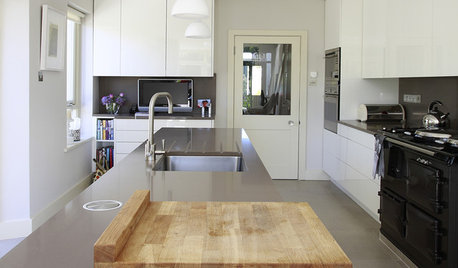
KITCHEN DESIGNButcher Block Makes the Cut for Holiday Kitchen Prep
Countertops and cutting boards will likely take a beating over the holidays. These butcher blocks have the chops to perform under pressure
Full Story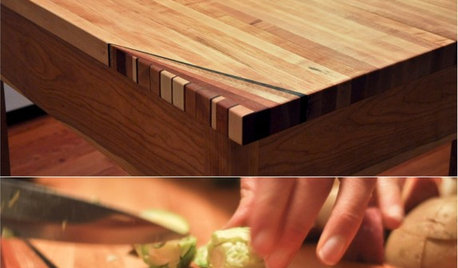
WOODWORKINGHow to Clean and Care for Your Butcher Block
Keep butcher block counters and boards looking sharp as a knife — and sanitized for safe food prep — with this advice from a pro woodworker
Full Story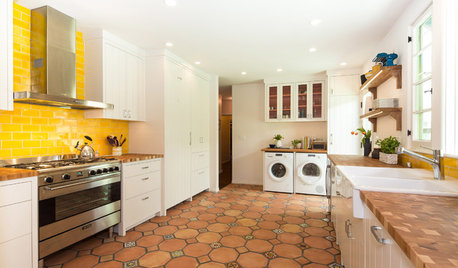
KITCHEN DESIGNNew This Week: 4 Surprising Backsplash and Countertop Pairings
Make your kitchen workspace stand out with colored ceramic tile, back-painted glass, butcher block and more
Full Story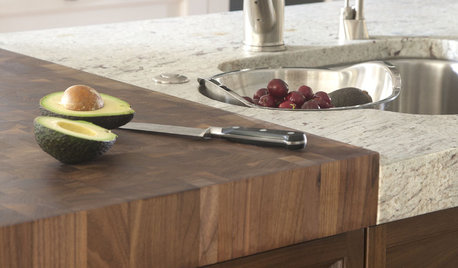
KITCHEN DESIGNKitchen Counters: Try an Integrated Cutting Board for Easy Food Prep
Keep knife marks in their place and make dicing and slicing more convenient with an integrated butcher block or cutting board
Full Story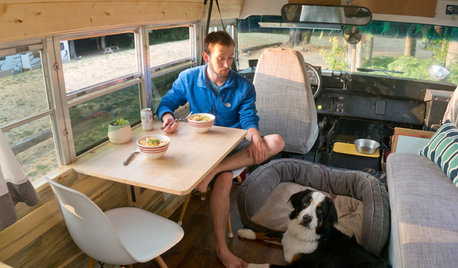
TINY HOUSESAdventure Seekers Hit the Road in a Cozy School Bus Home
Wood floors, butcher block countertops, custom furnishings and LED lights make life on the road feel like just another stylish day at home
Full Story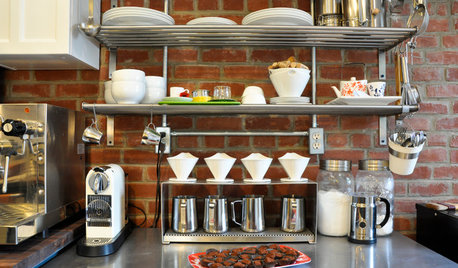
KITCHEN DESIGNSweet Ideas and a Truffle Recipe from a Chocolatier's Test Kitchen
A $2,100 budget didn't mean a half-baked kitchen redo; this confectioner just rolled up her sleeves and rolled out the improvements
Full Story
KITCHEN DESIGNNew This Week: 2 Kitchens That Show How to Mix Materials
See how these kitchens combine textures, colors and materials into a harmonious whole
Full Story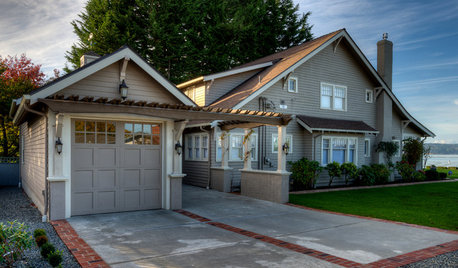
GARAGESTale of 2 Car Shelters: Craftsman Garage and Contemporary Carport
Projects in the Pacific Northwest complement the existing architecture and sites of 2 very different homes
Full Story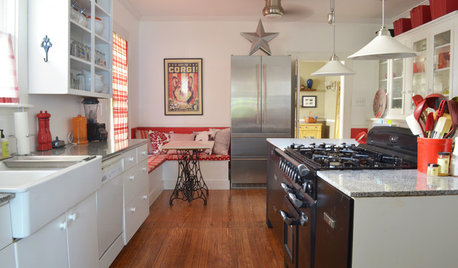
HOUZZ TOURSMy Houzz: Creative DIY Personalizes a 2-Bedroom Bungalow
Stenciling, custom finishes and furniture, and Scottish-inspired style give a 1920s home personality and warmth
Full Story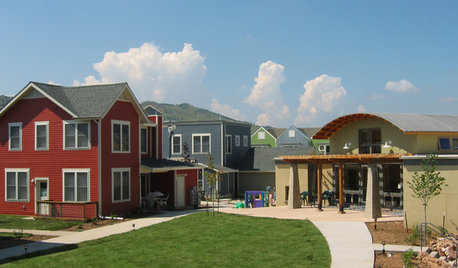
COMMUNITYTogetherness Take 2: Is a Cohousing Community for You?
Missing that sense of connection? Consider the new breed of neighborhood with a communal bent
Full StoryMore Discussions









justnigel